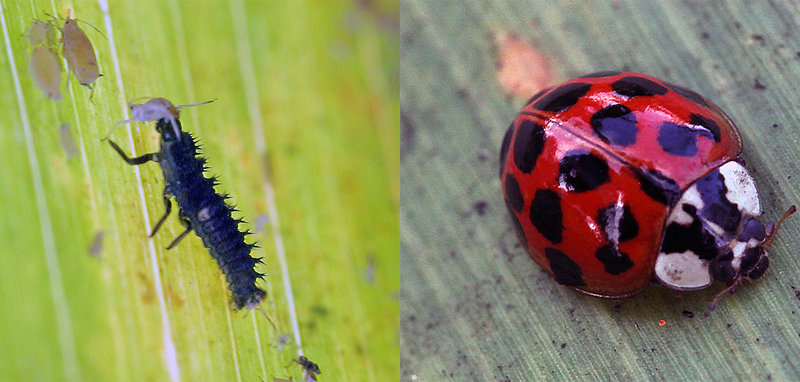EDN Issue 136 - Now Available
Terbit
2017-07-17
In This Issue:
- Crop monitoring for early detection of insect pests
- A mystery lychee-related illness is solved
- Do all parts of a chaya plant contain hydrocyanic acid?
- Echoes from our Network: Women and Agriculture response from Sara Delaney on Farming as a Family Business
- From ECHO's Seed Bank: Are my seeds dry enough?
- eBook Releases: Crop Options to Improve Human Nutrition and Ways to Diversify the Smallholder Farm
Crop monitoring for early detection of insect pests
by Clare Liptak and Dr. Timothy Motis
EXCERPT: Walking through a field to observe pest problems is an important part of any monitoring approach. However, many insects are active at night when it would not be practical for a farmer to be in the field or garden. There are also days when the farmer is away. These limitations are overcome, at least in part, by using any type of container or device that traps enough insects to give the farmer an indication of what pest species are present. Insects can also be attracted to baits that are liquid (e.g., sugar dissolved in water) or solid (e.g., fruit slices or animal dung). Containers are typically filled with water, until 2 cm below the top of the container. Once insects are drawn into a trap, they eventually fall into the water. Add some liquid dish detergent to the water to help prevent trapped insects from escaping. One spoonful (about 15 ml) of dish detergent per container of water should be plenty; use unscented brands to keep smell from skewing the number of trapped insects. As an alternative to using containers, colored pieces of paper or cardboard can be painted with something sticky, like molasses, to capture insects.